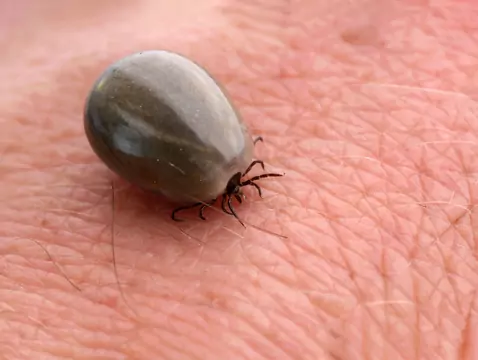Behavioural disorders can be said to occur, among other things, when a child experiences exceptional outbursts of anger, intentionally causes harm to other people and is extremely disobedient and frequently gets into disputes with adults. Behavioural disorders are a child psychiatric pathology with many problems: the aetiology is not fully known and it is difficult to choose a treatment method that would lead to an improvement in the patient's functioning.
Ad:









